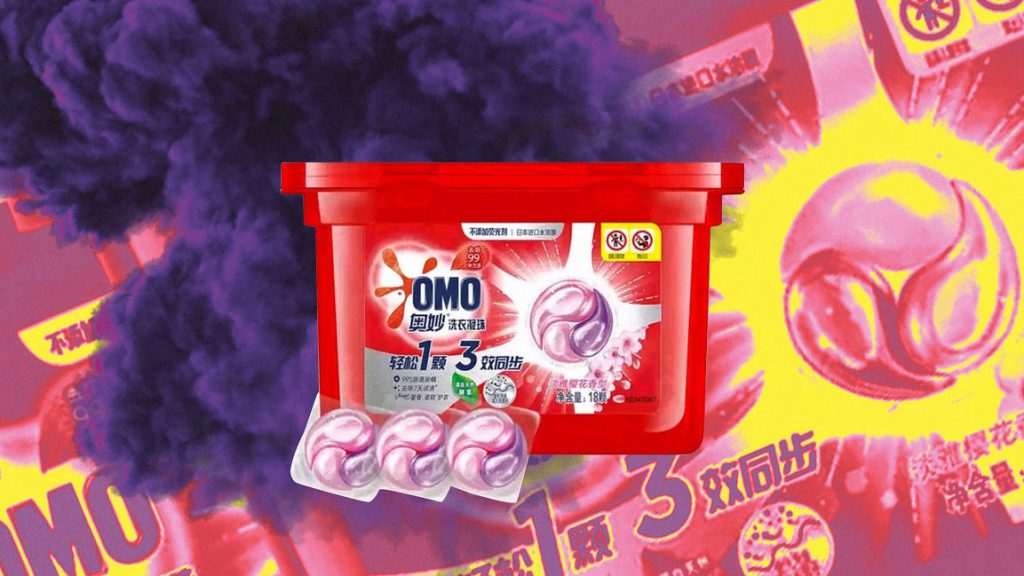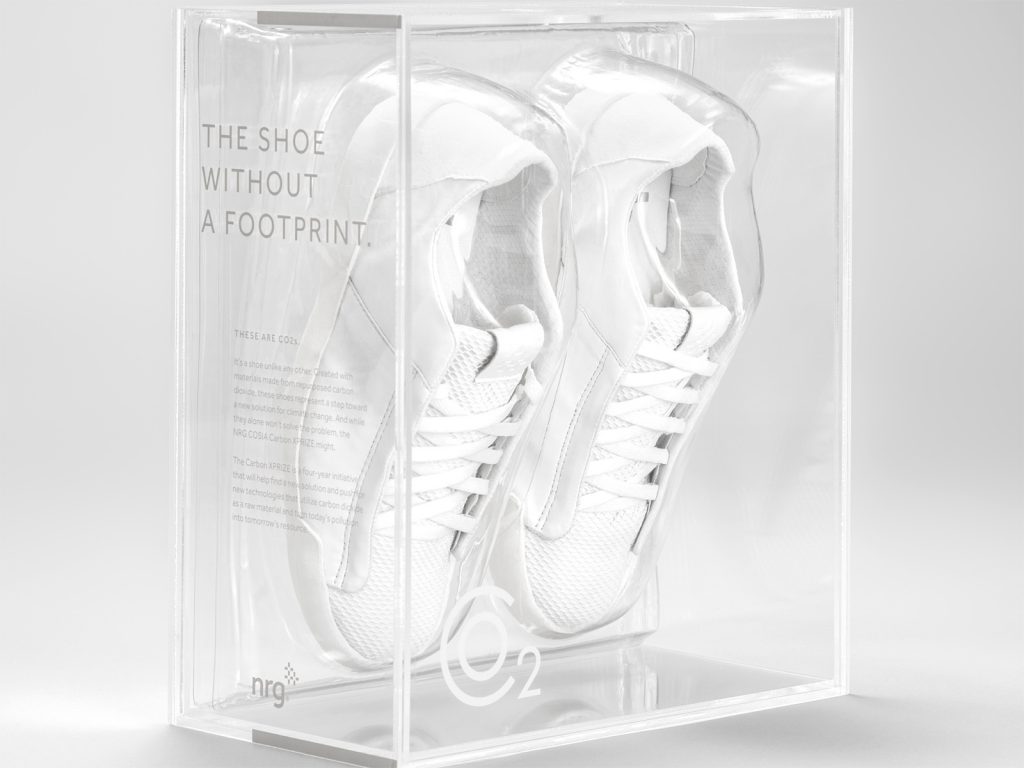Air Company’s Technology Turns Carbon Emissions Into Premium Spirits and Space Food
Using proprietary systems and CO2, the company can produce everything from spirits to space food

Brands around the world actively make changes to their processes and infrastructure to diminish their carbon footprint. While some offset it, others eliminate unnecessary parts of their company in hopes of limiting it, but Air Co. takes the excess CO2 found in our air and transforms it into refined products ranging from spirits to space food and fuel.
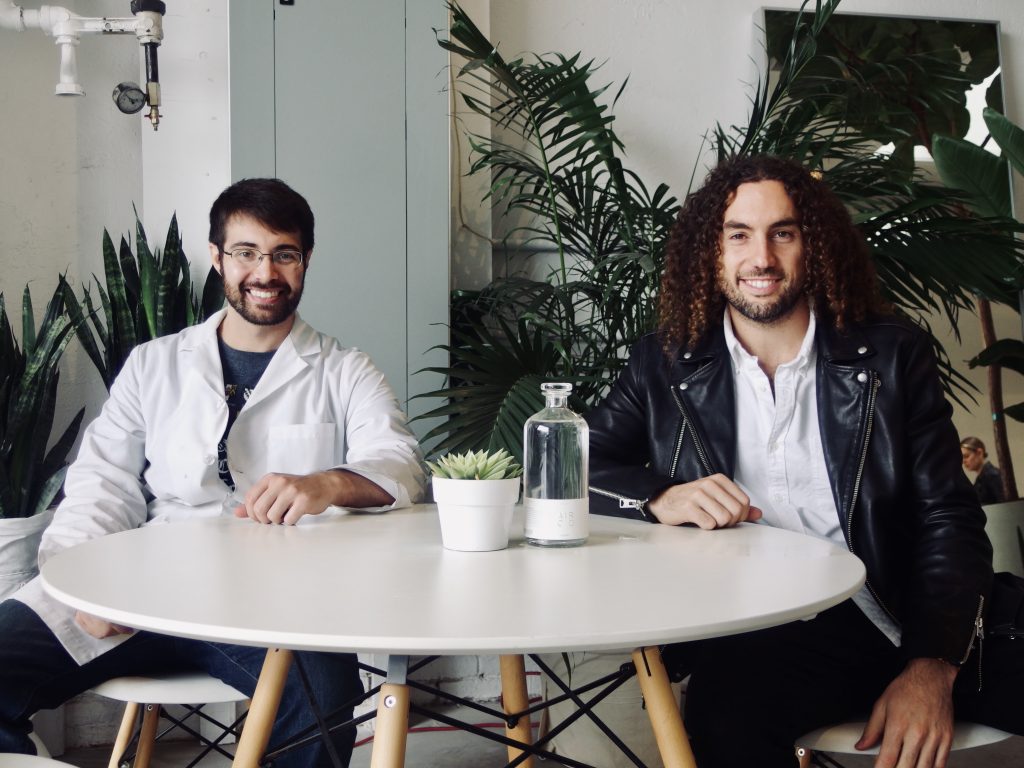
Founded by Gregory Constantine (formerly of Diageo and now CEO of the company) and Dr Stafford Sheehan (a Yale PhD recipient and now CTO of the company), Air Co. capitalizes on the emissions of others to make ultra-pure vodka, and eventually gin. The proprietary technology involved—which turns CO2 into ethanol, with the help of H2O—exists nowhere else on a commercial scale, just in labs and academic settings. After masterfully commissioning specific parts and systems to craft a makeshift, high-tech still (which took two years to build), the pair garnered a bit of attention for their idea. “No one’s ever been able to actually take it out of lab and scale it and create a product from it. It’s never been able to be done. And that’s the brilliance of what Staff has been able to do,” Constantine says.

Through an open competition, the Co2 Conversion Challenge, Air Co. caught NASA‘s attention earlier this year. The company’s chain of complex scientific reactions and electrification machines has applications far superior to creating vodka. Using the very same technology that they employ to make the spirit, Air Co. can also manufacture the basis for food for astronauts on distant missions—namely Mars. Constantine and Sheehan’s business was one of five companies to be named winners of the challenge.
“I was kind of ready to step out of Diageo and try and create something and he had his technical brilliance, and a few different technologies that he was working,” Constantine says of the company’s origins. “One being this method of turning carbon dioxide into alcohol. [We’re doing] artificial photosynthesis—doing what a tree does—removing carbon dioxide and putting out oxygen. Our only byproduct here is actually oxygen.” As such, their distillery, a polished white, all-electric storefront in Bushwick, Brooklyn, boasts a noticeable difference in air quality.
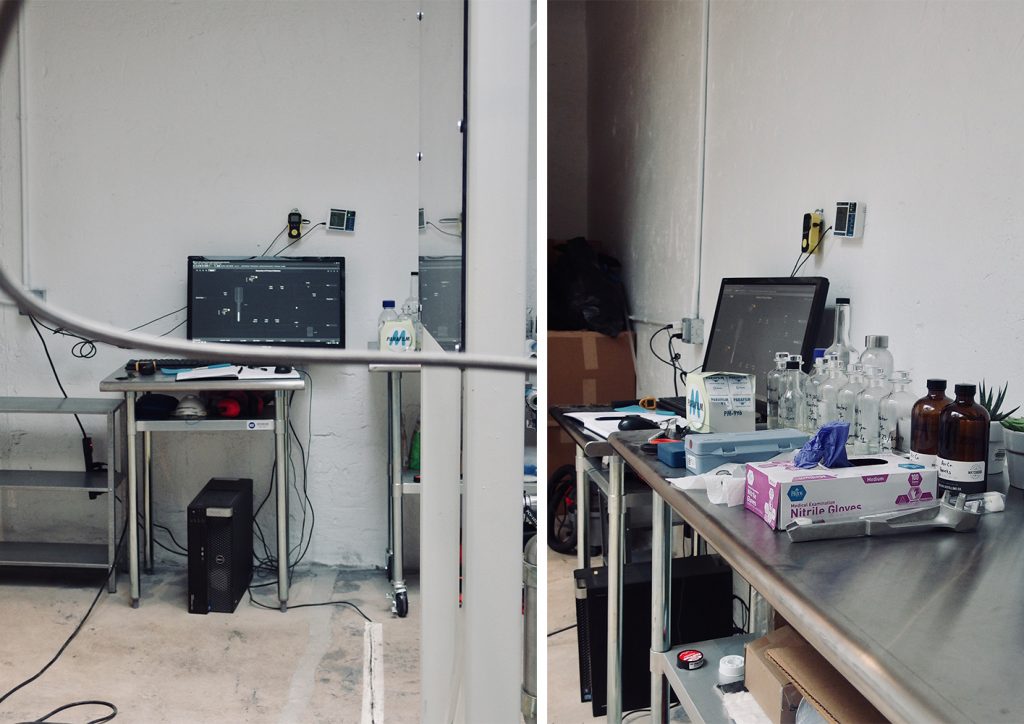
In scientific terms (courtesy of NASA), “The Air Company has developed an electrochemically driven, non-biological, catalytic method to produce glucose from CO2, water, and solar electricity through alcohol intermediates.” The alcohol intermediates mentioned here are ethanol and methanol, the two primary products of distillation. “All of the catalysts are either heterogeneous, or can be thermally regenerated, requiring no additional inputs other than CO2, water, and electricity—enabling deployment using air on Mars.” In plainer terms, Sheehan cleverly devised a way to bypass the sourcing, wash-making, and fermenting that most distilleries must do to make a spirit, replacing all of those emissions-heavy steps with a proprietary, week-long process that’s actually carbon negative.
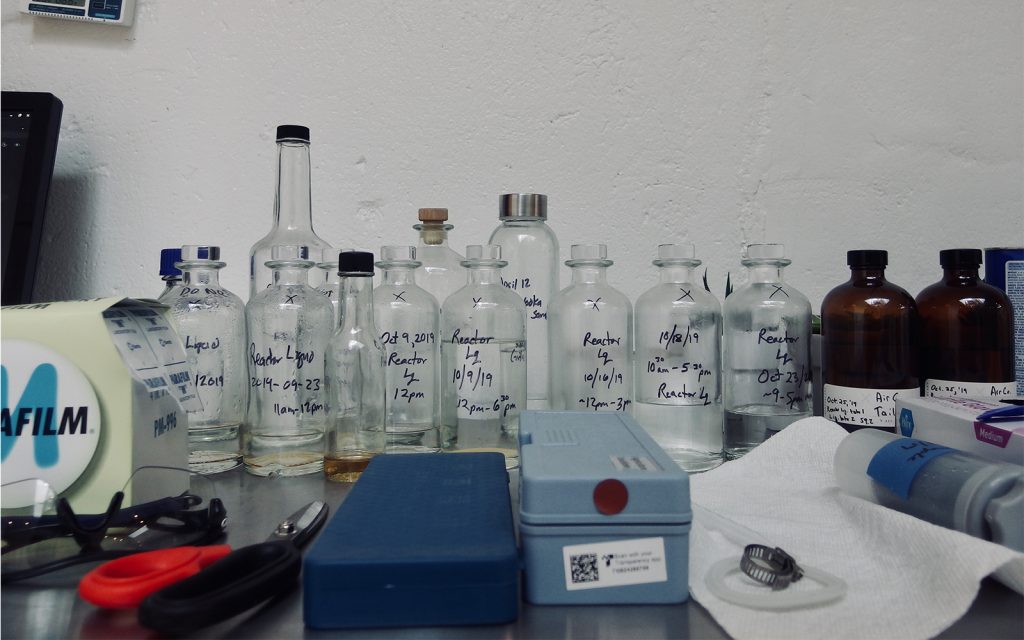
“We thought, let’s come together and make a company that’s really centered around innovation and sustainability,” Constantine continues. “Let’s make products that have far better design (which I thought was lacking in the [spirits] space), are of a higher quality, and are ultra-sustainable. We’re removing carbon for every bottle we create.”
Referencing Tesla‘s success, Constantine affirms that the technology is true product, and the primary focus, for the company. This is why they’re not named Air Vodka or Air Distillery. Similarly to how Tesla pioneered batteries for transportation purposes and applied the technology within them to car, rail, and space projects, Air Co. developed a formula for turning captured carbon emissions into goods—and the applications are seemingly endless.

“Vodka is traditionally made when you ferment corn and grain and all of these other starches. [Then] you get ethanol and methanol and butanol and all these other alcohols. Our process bypasses all those other alcohols. We have no fermentation process. We’re combining carbon dioxide and hydrogen, our catalyst (which is part of the proprietary technology that we have) and what comes out of it is ethanol and water. We’re where all of these distillers want to be after they distill and distill and distill,” Constantine explains.
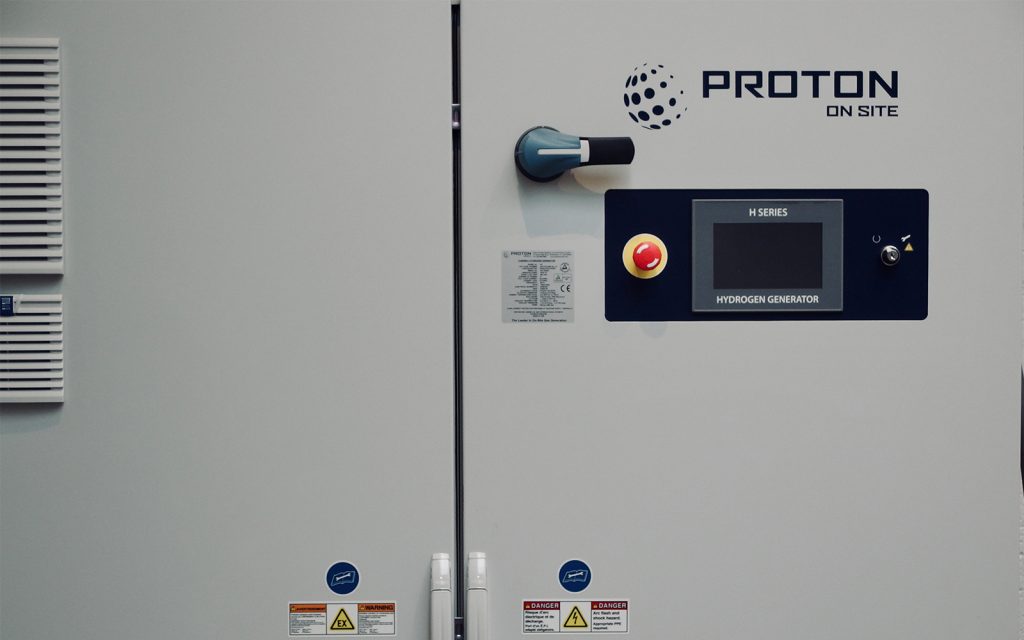
“[NASA saw] potential uses for this technology across an array of different things—one being in space where astronauts breathe out carbon dioxide, and then you circulate that into potential supplementary fuel to use on a space station. Supplementary to that as well, we can create things like glucose up in space so that they can feed people as well. Getting from ethanol to glucose is really, really easy. We’ve done the hard part of going from carbon dioxide to ethanol, which is the absolute greatest challenge,” Constantine says.
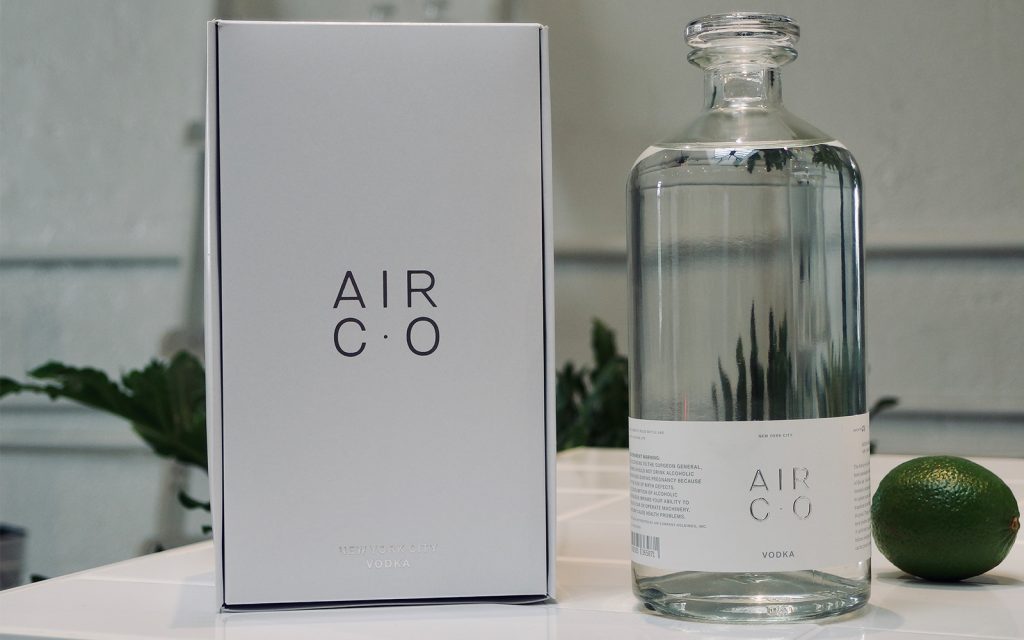
Air Co. also plans to handle their own distribution—at least for the time being. Bars and restaurants, Constantine says, are all eager to stock their vodka for a bevy of reasons: the vodka is super-premium, tastes great (especially on the rocks with a wedge of orange), and carries with it a NASA-backed history.
Other distillers are impressed too, Sheehan says, but they aren’t trying to doom those that rely on traditional distillation methods—in fact, much of the CO2 they source is emitted by generational distillers. “It also says on our TPP permit how we make it: it says we split water in a water electrolyzer, feed that into a hydrogenator, combine the hydrogen with the CO2, make ethanol and distill it.” His summation renders the rocket science-like process down to a simple equation, and that’s no accident. Democratization lies at the very core of the company. Now that this technology is real and in their hands, they want to see just how far-reaching it can be. In the end, it seems, plenty of products will benefit—but it begins with vodka.
